Continuing the search for Glasgow’s hidden culture, it’s time to head East. Last week, we looked extensively at the work of the East End Social, a music events project run by Bridgeton based indie record label Chemikal Underground for Culture 2014. In their own words it is, “A celebration of Glasgow, its East End and the love of music that unites us all.” On our Clydeside Promenade tour, Chemikal Underground director Stewart Henderson explains, “Just like a lot of cities all over the world, the East End has been an area of the city that has been underdeveloped and under-resourced for such a long time.
But, as Henderson and his team attempt to put the East End back on Glasgow’s cultural map, with its plethora of events, there are others who would claim it already is, perhaps just not as visibly as the rest of the city.
“I’ve always known there’s been a culture here. It’s hidden sometimes, it’s hard to find, but it’s definitely there.”
Mitch Miller is an artist and illustrator, writer and filmmaker, with a studio at the Hanson Street tobacco factory, turned WASPS Artists’ Studios in Dennistoun. With a background in the travelling community, having grown up in areas such as Carntyne and Parkhead, Miller has become somewhat of an expert in the history of travelling showmen, as illustrated through his work. When it comes to culture in the area, he explains, “From my own background, there’s been a lot of fares and carnivals that have always been situated around the East End, so I’ve always known there’s been a culture here. It’s hidden sometimes, it’s sometimes hard to find, but it’s definitely there.
“Being from the travelling showpeople community, I’ve had an interest in our own history and our own culture,” he says, “I found there wasn’t very much because travelling communities, as a whole, are not particularly well researched and there’s not a lot of literature on it.” With such a vibrant community going almost unrecognised by society, Miller decided to take it upon himself to do something about this. “After a while, I thought ‘Well, I probably better do something myself,’ so, as a result, I started to look into the history, I started to write about it, I made a short film, I drew dialectograms about it and gradually just started to accumulate knowledge about it.”
“Dialectograms?” we hear you ask. “They’re a mix between a diagram, a map, an architectural plan and a comic,” explains Miller. “They’re kind of like those maps where ‘Here be dragons’ is written on it, expect it’s usually more mundane stuff like ‘Here be kettle’ or ‘Here be where I met my girlfriend’. I try and show places from the point of view of the people who inhabit them, who use them. From months of work, usually we end up with a very big drawing that gives anyone who’s interested the chance to read into it and explore how everyday life is made up.”
Last year, Miller was involved with the Riverside Museum, the People’s Palace and other Glasgow museums, in a project about travelling showpeople culture and its very long and deep relationship to the city. The three day event included some historical pieces from the culture, as well as a live fair installation. “We took over the museums in order to really show the hidden history of showpeople in Glasgow and what we have contributed to the city because we’ve been here a very long time,” he explains. “People don’t notice us because we’re quite good at hiding ourselves away and slotting into the quieter parts of the East End, that’s often how we like it.”
But Miller believes, now, that the travelling showpeople community must have a willingness to be open about who they are, so that, “the outside world appreciates and understands that we are part of the city – we are Glaswegians too, we’re just slightly distinctive ones.” He adds that the community has a very long history with the city, contributing a lot to how it has developed over time. “You can’t really see it,” he says, “but it’s there.”
But it’s not all vibrant community projects and arts and music events. Tomorrow we look at a different kind of hidden history.
We would love to hear about your views of what makes Glasgow culture special. Download the free Clydeside Promenade, an audio tour produced for Festival 2014 and please feel free to add your comments and memories. You can download the audio tour as a smartphone app HERE, or as audio only from Bandcamp HERE

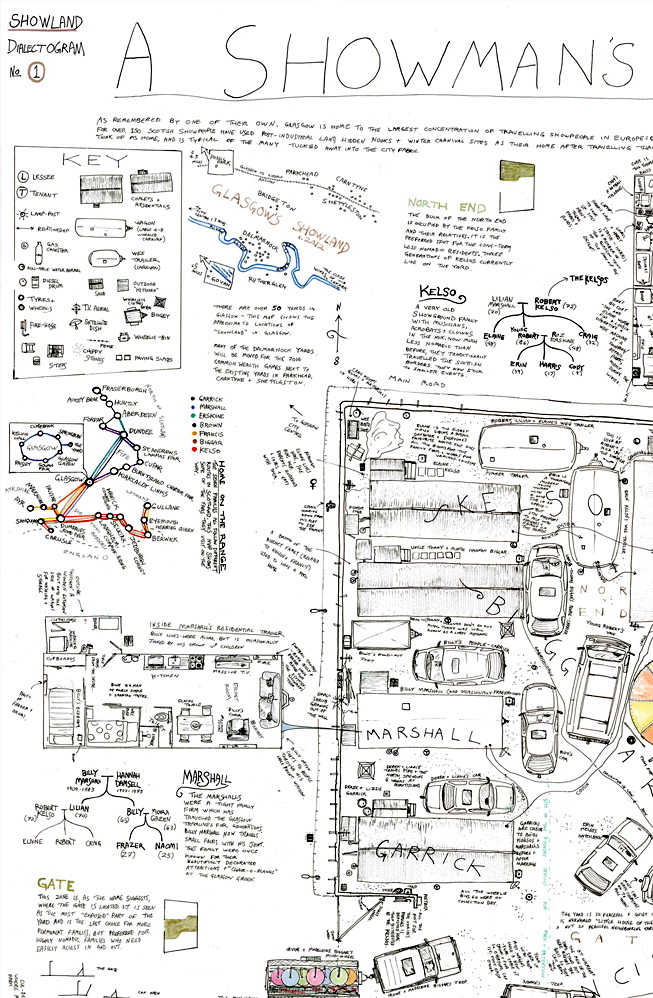
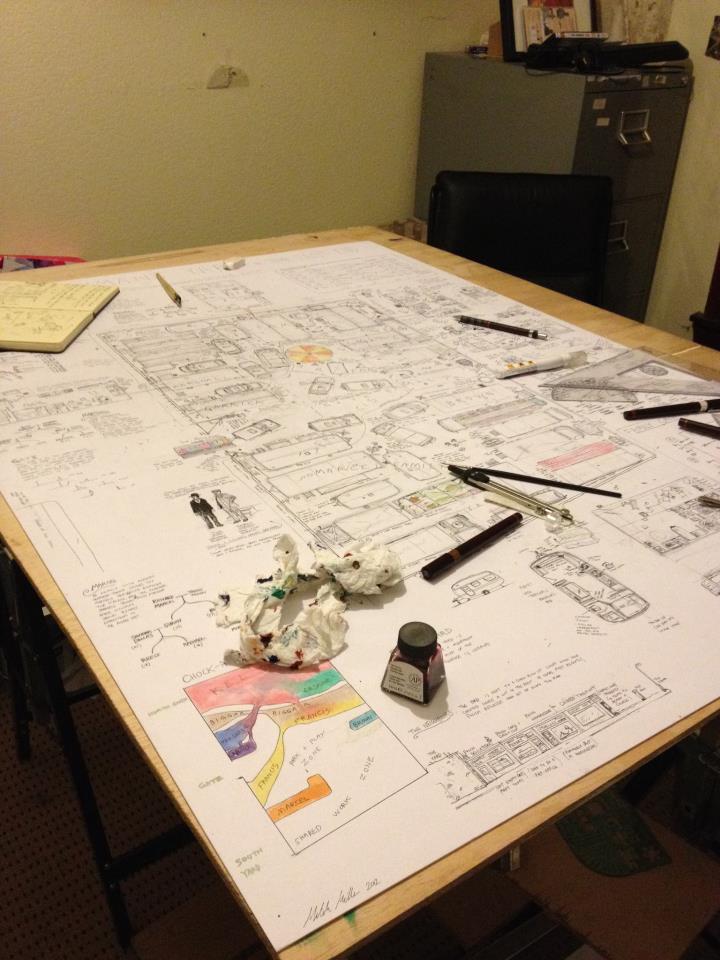
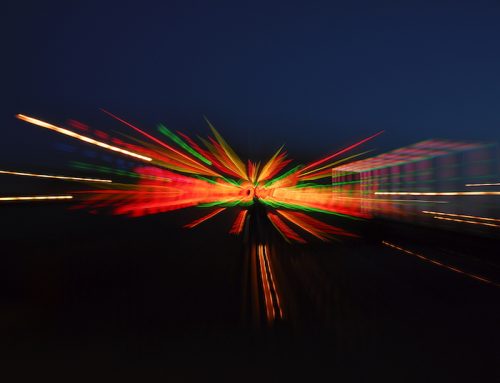
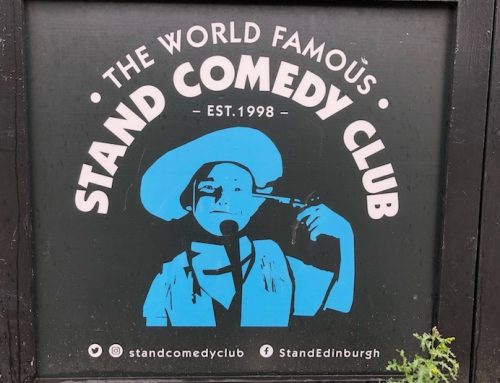
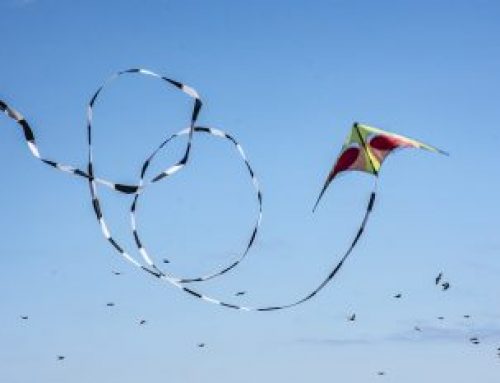

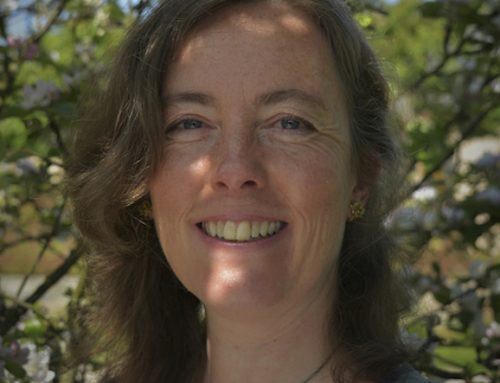
Seen your art picture for the travelling community . Am a negative baster ed from Glasgow and don’t usually have anything nice to say about any one but one must mention about this picture and think it’s brilliant. the picture the purse displays. I have never seen a mobile art station on any carnival site and could visually impaire you to break down barriers. You could obtain an unique neesh market place if organized and displayed appropriately. It’s only something to think about. You may have numerous meeting’s with travelling clan cheafs. Ie half carnival museum . Gift shop and art stall. Selling your art and other. Worth a thought. Keep up the good work